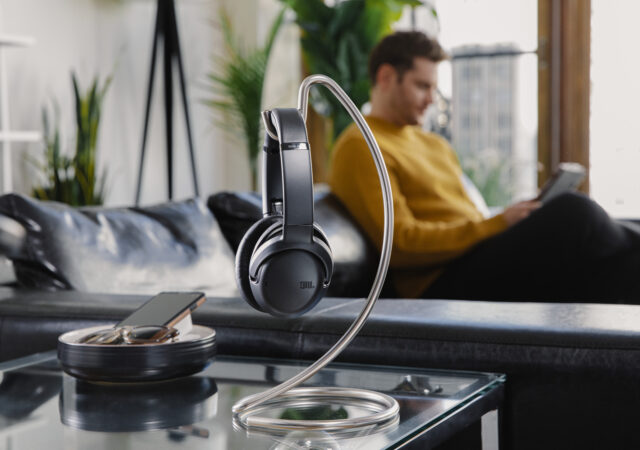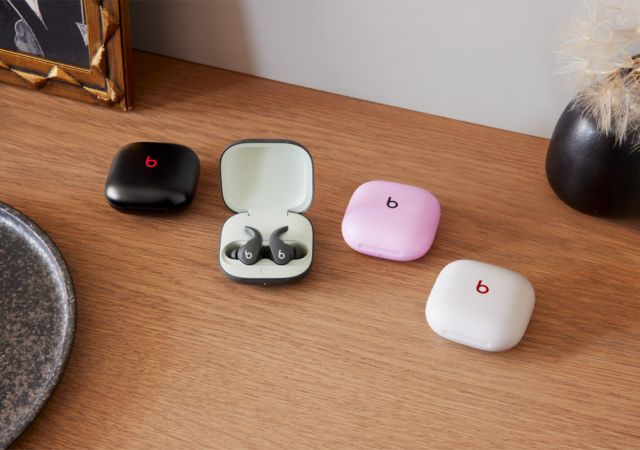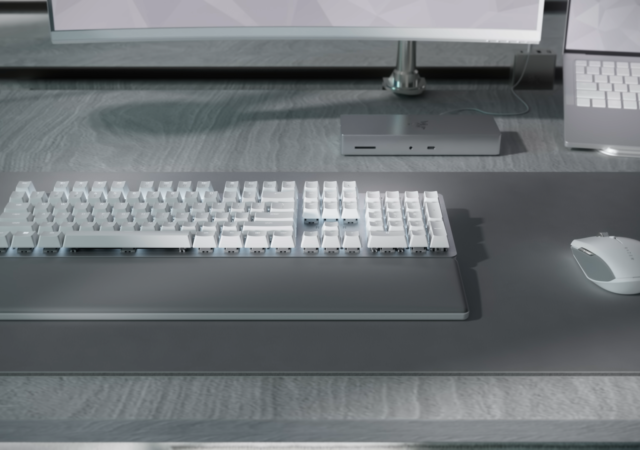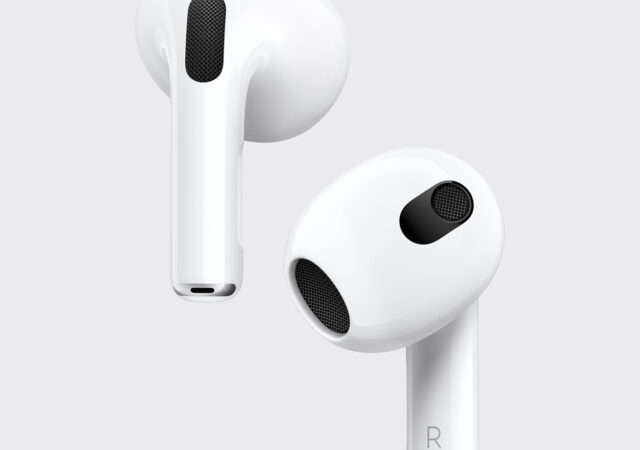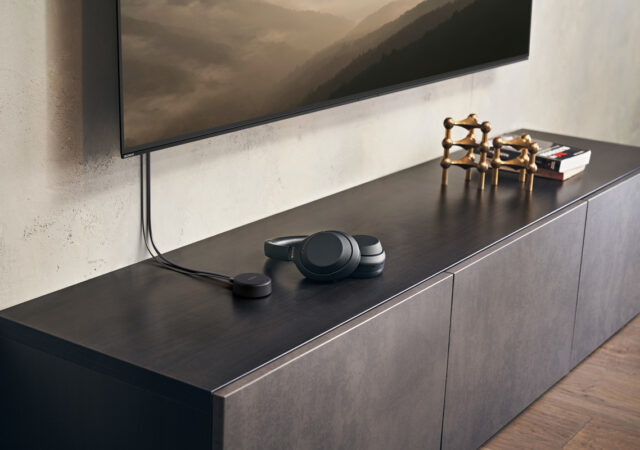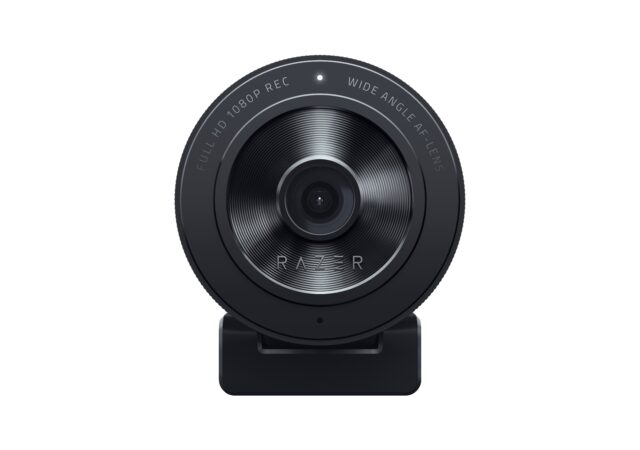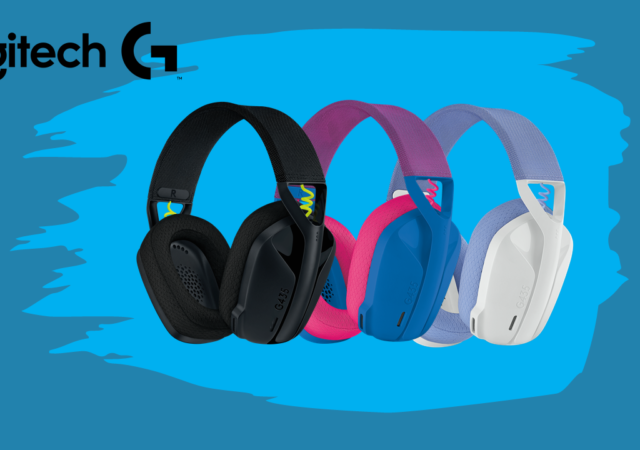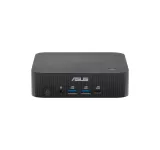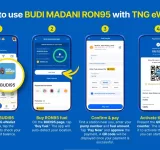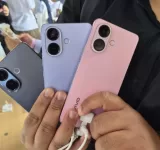JBL celebrates their 75th anniversary by launching the JBL Tour ONE and Tour Pro+ TWS noise cancelling headphones in Malaysia.
The Beats Fit Pro Brings the Untz While You Workout
Beats announces the Beats Fit pro which run on the Apple H1 processor for spatial sound while you workout.
Razer is Not Only a Gamer’s Tool, but also A Productivity Champion; Now it is with Razer Pro
Razer launches the Razer Pro brand to the world of productivity focused peripherals. They launched three new products to fit the office.
Just Like That, We Have the Apple AirPods; the Third
Apple launches the third generation Apple AirPods with Spatial Audio, Adaptive EQ, and even better battery life at MYR 829.
Sony Launches the SRS-NS7, a Personal Dolby Atmos Experience
Sony launches the new SRS-NS7 wireless neck speakers with Dolby Atmos, 360 Spatial Audio, and 360 Reality Audio for MYR 1,249.
Razer Unveils the Kiyo X Webcam and Ripsaw X Capture Card – Streaming Does Not Have to be Expensive
Razer launches the Kiyo X and Ripsaw X for the budget concious gamer who is just starting out in the streaming industry.
[UPDATE] Sony Expands Audio Line-up with ANC WH-XB910N and WF-C500 True Wireless Earbuds
Sony releases the new ANC equipped WH-XB910N and WF-C500 true wireless earbuds to the market with new designs and improvements.
IKEA and Sonos are Back at it with New SYMFONISK Table Lamp Speaker
IKEA and Sonos collaborates again to refresh their SYMFONISK table lamp with new designs and better acoustics.
Razer Launches the Kaira X Gaming Headphones for Console Gaming
Razer launches the Kaira X for Xbox and Kaira X for PlayStation gaming heapdhone made for next-generation gaming consoles.
Logitech G435 Brings Immersion without the Carbon Footprint
Logitech announces their first ever carbon neutral headphones made of post-consumer recycled plastics – the Logitech G435.



